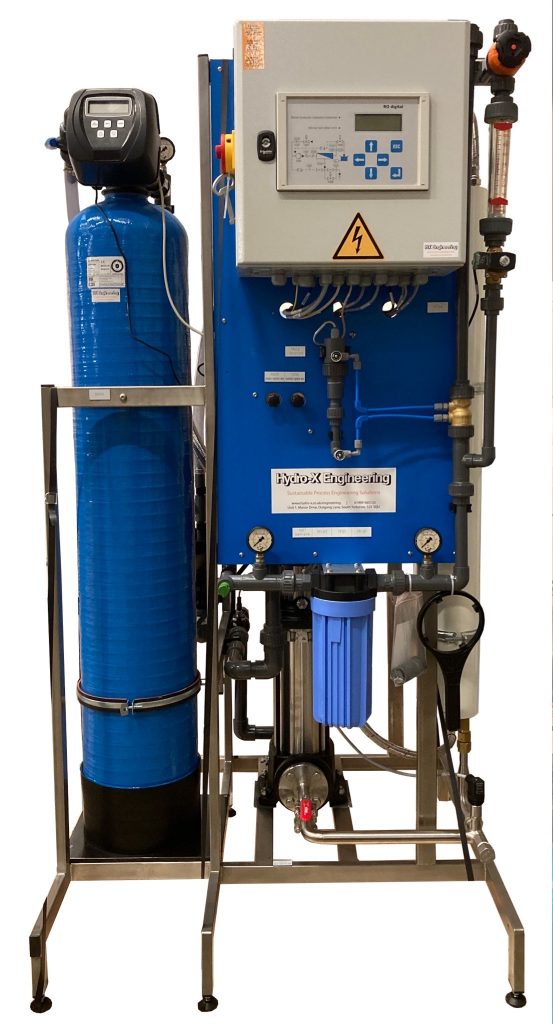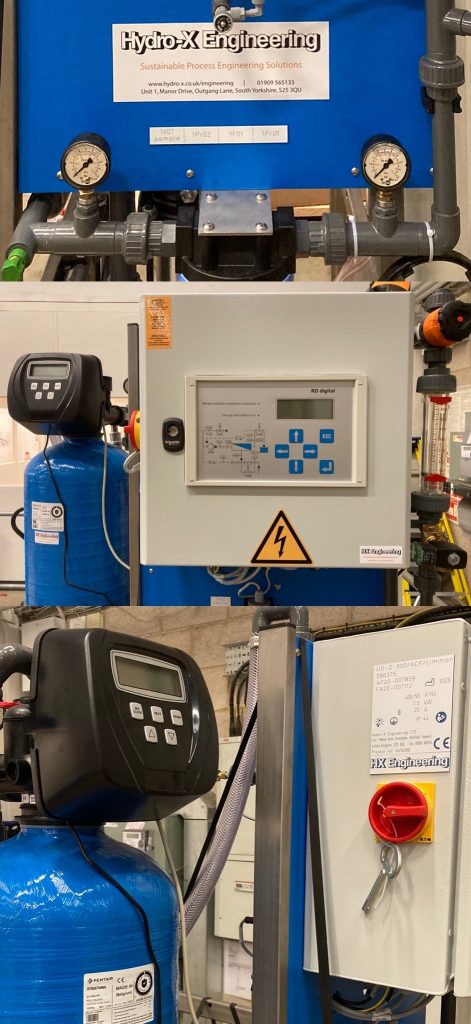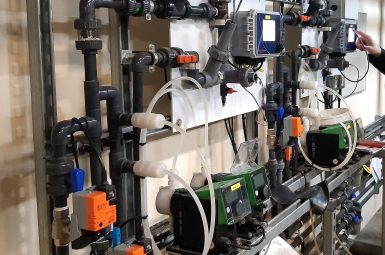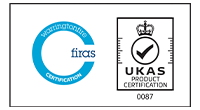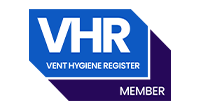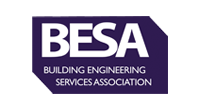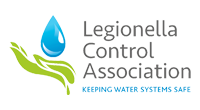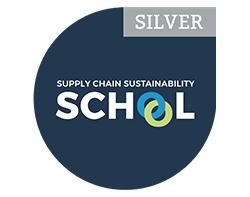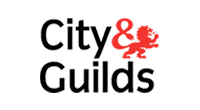Technology Spotlight – Reverse Osmosis
Reverse osmosis, often shortened to RO, is a frequently used technology within water treatment. It is a member of the membrane filtration family of technologies and has a wide variety of applications including pre-treatment for steam boilers, process water reuse systems, as well as pure and ultrapure water systems.
RO Operation
To understand the process of Reverse Osmosis, it helps to also understand the natural process of Osmosis. In osmosis, two solutions of different concentrations are separated by a semi-permeable membrane. The solvent molecules in the lower concentration solution spontaneously move through the semi-permeable membrane into the region of higher concentration solution, until the solute concentrations on the two sides are of equal solution concentration. Osmotic pressure is the external pressure required to be applied so that there is no net movement of the solvent across the membrane.
In Reverse Osmosis, this process is reversed by increasing the Osmotic pressure. This forces the solution, in our case normally water, to move from the more concentrated solution to the less concentrated solution. This means that the contaminants end up on one side of the semi-permeable membrane, and the pure water is on the other side. By balancing the flow in the system, we can achieve continuous purification of water.
The filtered stream is the ‘permeate’ because it has permeated the membrane. The second, waste stream is the ‘concentrate’ because it carries off the concentrated contaminants rejected by the membrane.
In RO membranes, the pore size is around 0.0001 micron. This fine pore size means that in addition to removing all organic molecules and viruses, Reverse Osmosis also removes most minerals that are present in the water.
RO Applications
At Hydro-X Engineering, we use RO systems in many different applications. As RO systems can reduce the TDS of the feedwater, they are useful for producing pure water from a wholesome towns mains water supply, as well as reducing the dissolved contaminants in a process water stream. Some of the common applications for RO systems
are:
- Pre-Treatment for Steam Boilers. Using pure water with a low level of dissolved solids such as that produced by and RO or DI system has multiple benefits for the operation of steam boiler systems. The cycles of concentration (CoC) in the boiler can be increased, this reduces water usage significantly. The blowdown frequency of the boiler can be decreased which provides significant water and energy savings. This improves the carbon footprint of the steam production plant. The boiler chemical usage, condensate corrosion, and overall system performance can all be optimised.
- Process water reuse systems. Using a specifically designed RO membrane as part of a bespoke process water reuse system can yield good results when targeting water reuse. As water is used in a process it readily dissolves contaminants. One of the most efficient ways to reliably and consistently remove these dissolved contaminants is to use a membrane system. Due to the fine pore size of RO membranes, getting the right pre-treatment is key to their ongoing performance. In process water reuse systems, this can include other, coarser membrane products, as well as surface or depth filtration.
- Preparation of water to be used as an ingredient. RO membranes remove bacteria and viruses, as well as salts, metals, sugars etc. Because of this, RO systems are a viable technology choice where water is being prepared for use as an ingredient. Specifically, where there is no cooking or pasteurisation of the product. Furthermore, the permeate water quality from an RO system is consistent which means the reliable consistency of the end product, including elements such as; taste, mineral content etc. At Hydro-X Engineering we can also offer bespoke re-mineralisation systems, this means that a specified treated water quality can be achieved and maintained.
- Product recovery systems. Whilst not one of our more common applications for RO membranes, worth noting are their value in product recovery or separation systems. These are systems where, as opposed to the treated permeate (relatively low concentration solution) being the target stream for use, the concentrate (relatively high concentration solution) is the target product. This could be in ink or dye recovery, in essential oil extraction, or in the manufacturing of some food and beverage products.
Some other members of the membrane filtration family of technologies include:
Membrane Technology
More broadly, membrane filtration is a group of processes which can remove dissolved organics, minerals and salts. Membrane technology uses a mechanism different from other technologies such as ion-exchange or activated carbon.
Membrane Construction
Membranes come in many form factors; from flat sheets and submerged fine tubes which look a little like spaghetti, to spiral-wound membranes. RO membranes are spiral-wound membranes which are rolled elements consisting of membrane flat sheet material, feed channel spacer material, and permeate channel spacer material. These are wound around a centre supporting core, bound, and sealed with a brine seal and end seal. Because in spiral wound membrane systems, such as RO and some UF membranes, the feed and concentrate streams, flow parallel to the membrane instead of perpendicular to it, the process is sometimes called ‘crossflow filtration’.
Membrane Pressures
Different membrane systems operate at different pressures. Some operate under a vacuum, with the water being ‘drawn’; through the membrane as opposed to being ‘pushed’; through. RO membrane systems operate at relatively high pressures, with osmotic pressure being the primary driving force behind the filtration technology (as opposed to a chemical such as in ion-exchange). The advancement in energy-efficient electric motors, variable speed/inverter drives, and efficient pumping technologies over the last 10 years, has enabled RO systems to become more efficient and therefore their applications and use more widespread.
What Next?
This overview has been written to be a helpful initial guide to Reverse Osmosis Technology and it’s application. Hydro-X Engineering works with our customers to deliver truly bespoke water treatment process engineering. We would love to talk to you about your project or application to see how we can help you and your business to achieve a responsible, sustainable and future-proofed engineering solution tailored to your individual challenges. Our future-facing mindset sets us apart from your average water treatment company.
Discuss your project with one of the Hydro-X Engineering team today.
